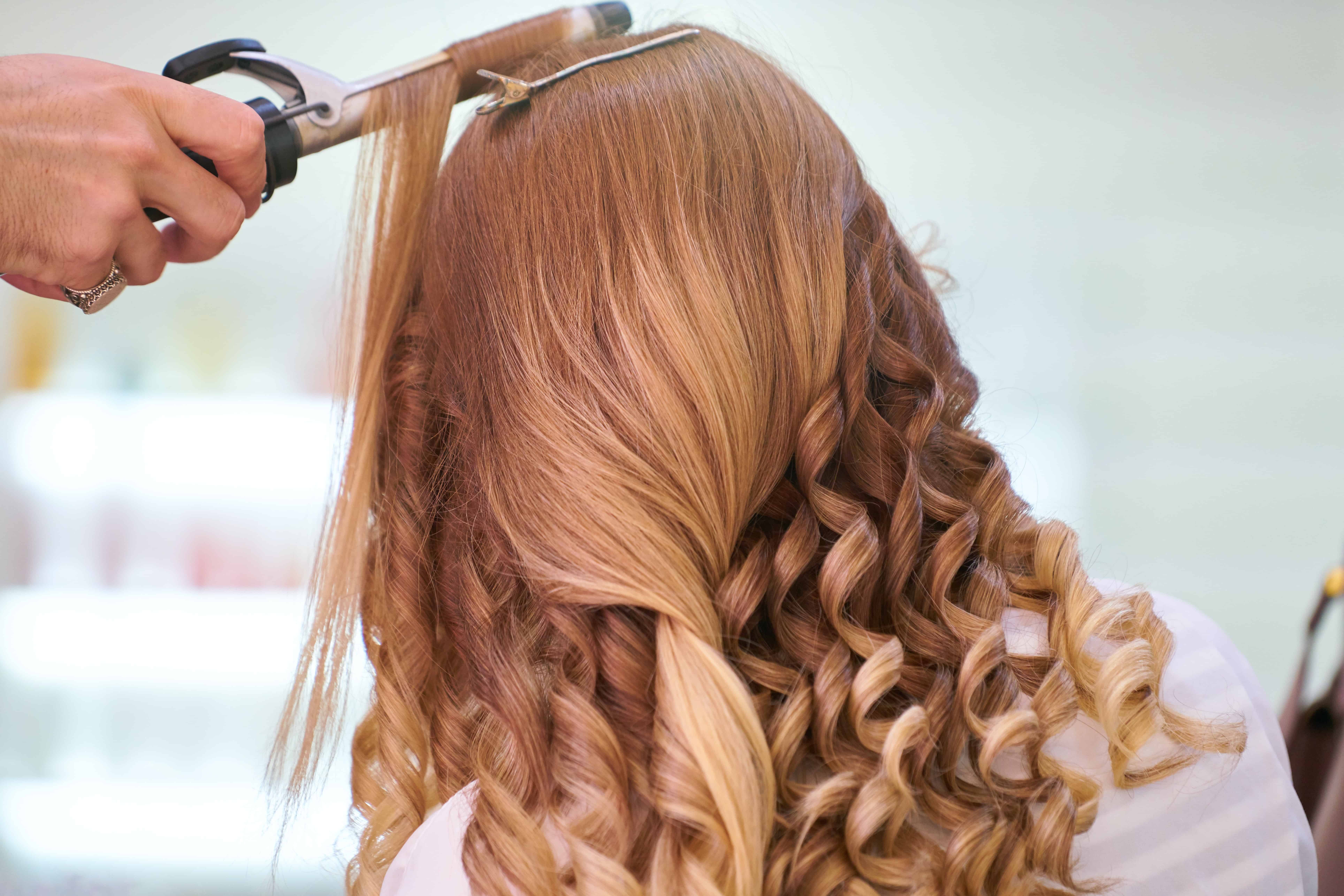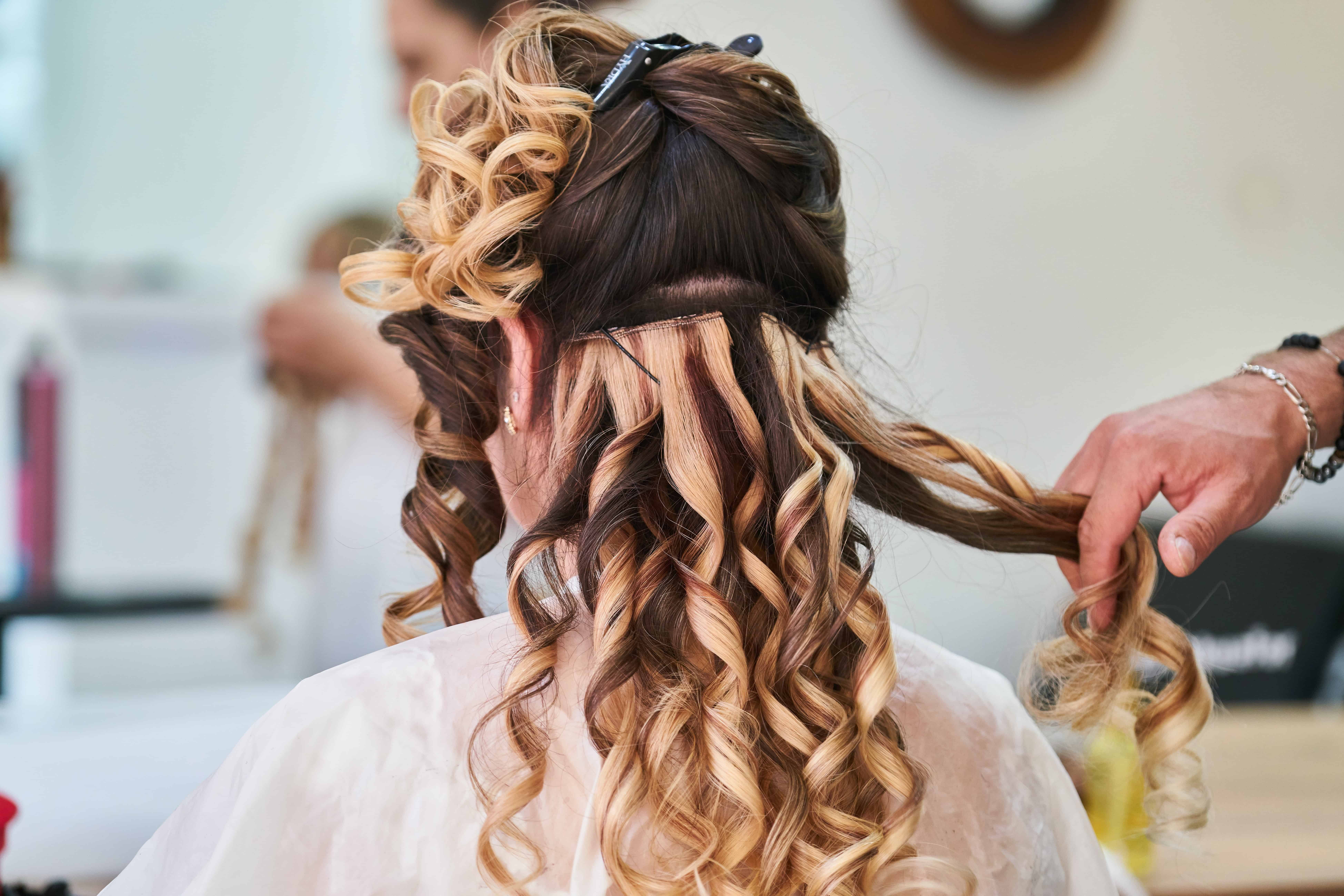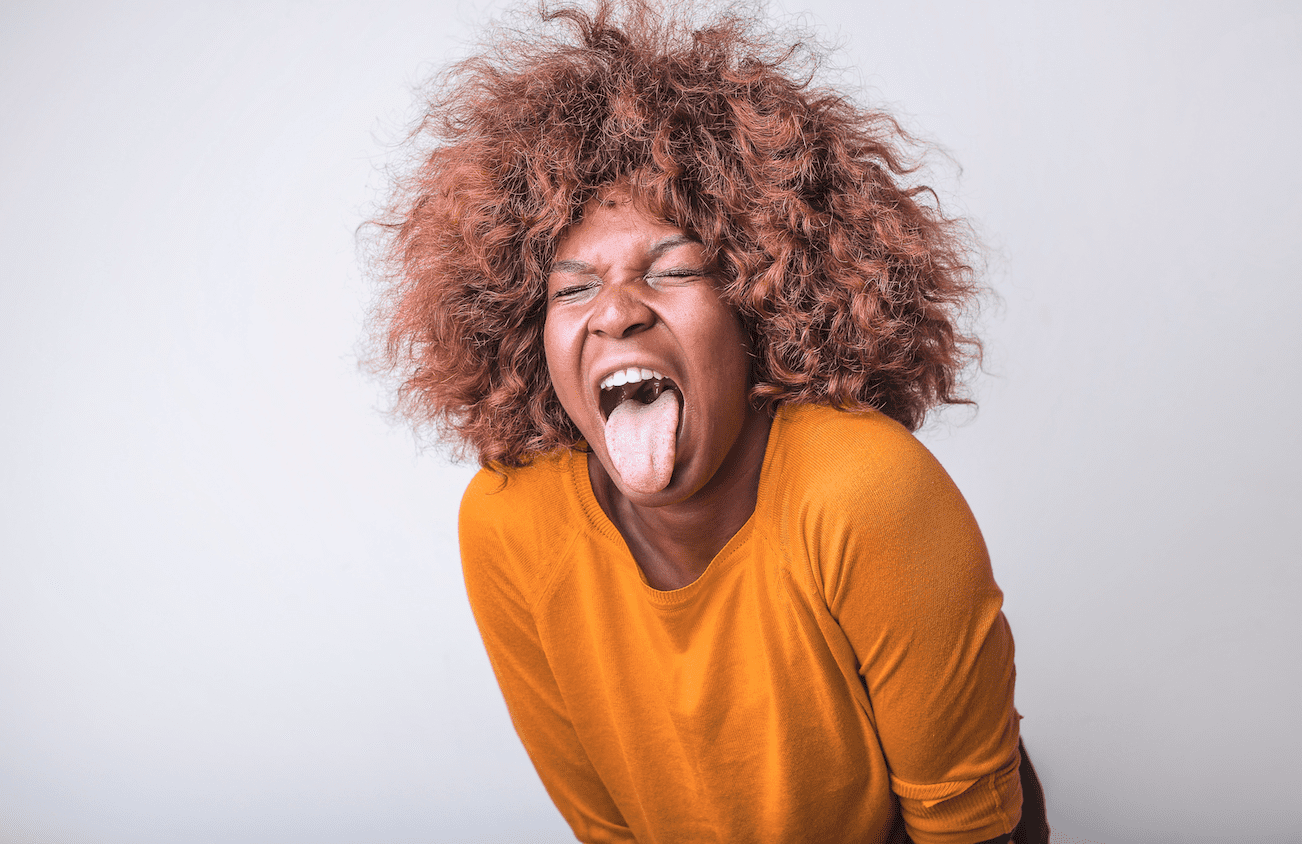How To Paint Curly Hair Acrylic
Painting curly hair can be a tricky task for any artist, but with the right steps and techniques, you’ll have beautiful locks in no time! Acrylic paints offer unique advantages when it comes to painting your hairstyles - from vivid colors to long-lasting results. In this article, I'll show you how to paint curly hair acrylic like a pro, so that you can create stunning styles of your own.
Have you ever wanted to explore different looks or try something bold? With acrylic paints, now you can! From natural-looking curls to wild rainbow shades, anything is possible. Whether you're confident in your artistic skills or just getting started, I'm here to guide you through each step of creating an eye-catching style. I'll tell you all about the supplies and tools needed, tips on mixing colors, and more.
Ready to get creative? Let's begin by learning everything there is to know about painting curly hair acrylics! Alliteration aside, let me assure you one thing: when it comes down to creating gorgeous tresses with acrylics - nothing is impossible. So buckle up because we are about to embark on an exciting journey together into the mesmerizing world of art & beauty!
Choosing The Right Paint And Brushes
Choosing the right paint and brushes is a crucial step when painting curly hair in acrylic. I recommend using oil-based paints as they flow better, creating smoother gradients and avoiding streakiness. You’ll also want to use high-quality synthetic or sable brushes for the best results. Synthetic ones are great for applying for detail work, while sables are ideal for blending and smoothing out any imperfections.
When selecting your particular brush sizes, it's important to keep in mind that you'll need some larger ones with thicker bristles to create more voluminous curls, whereas smaller finer bristles will give you narrower strands of hair. In addition, having an extra fan brush on hand can be helpful if you plan on making your background softer.
Now that we have the tools necessary to start tackling this project, let's move on to blocking out the shape of the hair! This involves establishing where each curl begins and ends by laying down broad strokes across the canvas.
Blocking Out The Hair Shape
Painting curly hair can be a daunting task for even the most experienced artist. It's important to take your time and focus on blocking out the shape of the hair before adding details like color, highlights, and shadows. To begin this process, I'm reminded of Pablo Picasso’s famous quote— “Learn the rules like a pro, so you can break them like an artist."
Once you've chosen your paint and brushes, it's time to block out the shape of your subject's hair. Start with big shapes by sketching in some guiding lines as if they were roads that will bring structure to your painting. Using a pencil or brush dipped in diluted acrylic paint, start defining where each curl naturally falls away from the head. Then use thicker layers of acrylic paint to add depth and texture while still preserving those delicate curls.
As you build up layers you'll create more contrast between light and dark areas which will give your portrait more dimensionality. The key is patience; don't overwhelm yourself with too much detail at once because it could end up looking cluttered instead of realistic. Taking breaks during this step also helps to keep perspective fresh as you work through each strand one by one until finally create that perfect bouncy mane! With these steps complete, we're ready to move on to creating beautifully defined curls.

Creating The Curls
I'm ready to create the curls! It's like I'm standing in a dark room with only a flashlight, following glowing tendrils of color and texture. Every stroke is an adventure - sometimes it takes me into unexpected places. With each curl I make, the painting comes alive.
To start, I use short brushstrokes that slant away from the center line of the hair shape. Keeping my strokes light helps create movement and flow between them. Taking care to vary their length keeps things interesting too - some are longer than others, but they all have just enough weight to keep the overall look balanced.
By playing around with different shapes and sizes of brushstrokes, I can finally finish creating my beautiful curly locks. Turning up the brightness on this masterpiece has been such a pleasure for me; now it's time for one last layer: finishing touches!
Finishing Touches
After tackling the tantalizing task of teasing out those tresses, it's time to complete your canvas. Finishing touches bring a painting from good to great and this is no exception. With our fourth step - adding the final flourishes - you can make that hair pop!
Consider using darker tones around the edges of each curl for an extra bit of definition. This adds depth and realism without ever having to dip into your paintbrush again. Adding highlights with lighter shades will also add more life-like qualities to your artful locks.
For even more dimension, try blending different colors as well as warm and cool hues to create subtle shadows and shading within locks. You'll be surprised at how many characters these small adjustments can lend a painting! As we approach completion, keep in mind all the details that have gone into making this masterpiece come alive. From creating texture to playing with light and dark tones, every brushstroke has been carefully thought through – so revel in the results! Now let's move on to drying and sealing up this beautiful work of art.
Drying And Sealing

Now that you’ve completed your acrylic painting of curly hair, it's time to focus on the final touches. Drying and sealing are essential steps in completing any artwork. Here are a few things I do when finishing my paintings:
First, make sure all areas of the painting have dried before moving on to the next step. This could take up to 24 hours depending on how thickly or thinly you applied the paint. Next, use a sealer spray or brush-on varnish over the entire work for added protection from dust and scratches. Finally, sign your name at the bottom right corner so everyone knows who created this masterful piece!
These three simple tips will help ensure your artwork stays looking its best for years to come. Now that we've finished drying and sealing, let's move on to talking about techniques for adding more definition and texture to your curls.
Techniques For Painting Curly Hair
As the final stretch of painting curly hair in acrylic approaches, it's time to dive into some techniques. Like walking a tightrope, these steps are delicate and need precision to get right. Let’s tackle this challenge together with careful consideration and an artistic eye - just like Michelangelo crafting his masterpieces!
To start, you'll want to use thin layers of paint applied one at a time. This allows for greater control over how much comes off on the brush, which is especially important when dealing with finer details like individual strands of hair. Make sure your brushstrokes follow the natural flow and direction of the curls for more realistic results. Additionally, don’t forget about highlights and shadows when applying color; adding subtle depth can help give life to your masterpiece.
Finally, take a step back from your work now and then so that you can look at it from an objective point of view. Doing this will allow you to spot any potential issues before they become too hard to fix as well as ensure everything looks as good as possible without going overboard or missing something. With these tips in mind, let's move on to troubleshooting common error.
Troubleshooting Common Issues

As an artist painting curly hair, there are bound to be some common issues that come up. For example, I was recently faced with the problem of how accurately portraying the texture and movement of a client's curls in acrylics. Here’s how I solved it – along with three other tips for troubleshooting when you run into similar problems:
Firstly, try experimenting with different brush strokes. Use short strokes going from top to bottom or side to side as appropriate; this will help capture the look of your subject’s hair without making it appear overly textured. Secondly, think about using lighter colors on top and darker shades underneath; this can give a more realistic effect than simply using one color throughout the painting. Lastly, make sure to blend any harsh lines so that they don't stand out too much against the overall composition.
When tackling tricky areas like highlights or shadows, use thin layers of paint rather than trying to cover them all at once; this will ensure that each layer is given enough time to dry before being layered again. And if you find yourself having trouble blending two sections smoothly, consider adding small amounts of water to soften any hard edges between the two spots. Finally, keep in mind that practice makes perfect!
Don't get discouraged if something doesn't turn out perfectly right away – just take your time and eventually you'll get there!
Frequently Asked Questions
Oh, can I use something other than acrylic to paint curly hair? Well, the simple answer is yes! But it’s not as easy as you might think. There are many different mediums out there that could be used in place of acrylic and each one has its unique properties and effects.
Let me tell ya, no matter what type of medium you choose for this project, it will definitely take a lot of practice and patience if you want to get the perfect look. You don’t want your artwork to end up looking like a hot mess after all! Take your time with every brush stroke and experiment until you find the style that best suits you.
And let me just say this: when it comes down to painting with any kind of medium – whether it’s oil paints, watercolors, or even markers – nothing beats using quality materials for the job. Investing in good supplies will make all the difference between an amateurish-looking piece and a masterpiece!
Painting curly hair can be a daunting task, especially with acrylic. Creating realistic curls and spirals that capture the beauty of natural hair isn’t easy – but it is possible! With practice, patience, and some helpful tips, you can get those perfect ringlets just right.
To start, pick a quality canvas to paint your masterpiece on; one with tightly woven fibers so your brushstrokes come out smooth yet still have texture. Choose an appropriate size for the project at hand; too small and details will suffer while too large won’t provide enough control when painting fine strands of hair.
Now comes the fun part: bringing the curl-filled vision in your head to life on canvas. To create believable locks, use curved brush strokes instead of straight ones. Pay attention to which way each strand of hair swirls or coils around itself as well as how much space there is between them. Utilize color variations from light to dark to lend realism as well as depth to your work – this will help mimic reality even more accurately. As always, take it slow until you are pleased with the result before adding any finishing touches like highlights or shadows.
With these steps in mind and diligent dedication to practicing, soon enough you’ll be able to masterfully recreate beautiful cascading curls with ease using acrylic paints!
Ok, let’s get down to business. Painting curly hair can be a tricky endeavor, so if you want your curls to look realistic and avoid brush strokes, I’m here to help.
To start with, the key is in selecting the right materials for the job. You’ll need quality acrylic paints that have good pigmentation and blending capabilities (think of them like magic potions). Additionally, you’ll need an array of brushes: one small flat brush and a few different sizes of round ones. Each size should be slightly larger than the last.
Now comes the fun part – painting! Here are some tips on how to make sure those curls look as real as possible: use light circular motions to paint each curl from tip to root; create volume by using multiple colors; blend between colors smoothly; visualize what kind of shape you want before getting started; practice sketching out shapes first until you feel confident going onto canvas or paper; lay down several layers of paint for more depth and realism; and remember – no two strands of hair are exactly alike, so don’t worry about perfection! With these simple steps in mind, you’ll find yourself creating beautiful works of art in no time.
The trickiest part is avoiding brush strokes while they’re still wet. The best way is to keep it minimal – just enough strokes to apply color but not too many that will leave behind ridges or streaks when they dry. If needed, lightly spray water over sections at a time once finished which will allow any excess paint left behind after brushing away to come off easily without disrupting other details. And there we go – now all that’s left is for your masterpiece to dry!
The decision of when to apply a sealer, whether it be before or after painting curly hair in acrylics, can have quite an effect on the finished result. It’s like being stuck between a rock and a hard place – you don’t want to make one wrong move!
Generally speaking, applying a sealant beforehand is the way to go if you’re wanting to avoid brush strokes. That said, there are some cases where waiting until afterward could yield better results; for example, if you are going for more of a glossy look then sealing post-applying might be your best bet.
Ultimately though, only trial and error will tell which route works best for achieving that perfect finish. Sometimes it pays off to take chances and see what happens – so why not give it a shot? After all, nothing ventured nothing gained!
Painting curly hair with acrylics can be a daunting task – almost as difficult as climbing Mount Everest! But have no fear, I’m here to guide you on your journey. First up is the canvas; this is arguably one of the most important steps in painting success. The type of canvas you use will depend on your desired aesthetic and what size artwork you’re aiming for. Generally, cotton or linen canvases are the best choices when creating an oil or acrylic painting. If you want your artwork to last a long time then look for a stretched canvas that’s been primed with acid-free gesso – which provides a barrier between the paint and the fabric fibers and prevents it from deteriorating over time.
The next step is picking out paints and brushes – both of which should also be chosen carefully depending on what effect you’re looking to achieve. Acrylic paints come in various consistencies ranging from thick pastes to thin washes, so experiment until you find something that works for your particular project. Brushes too come in all shapes and sizes, so choose ones with soft bristles for blending colors smoothly.
Now that we’ve covered materials let’s move on to technique: make sure to add texture by using thicker layers of paint here and there to give the hair more depth. Also, remember not to apply pressure while brushing because this could cause damage to the canvas fibers – instead lightly glaze each stroke across the surface without pushing down too hard. With practice, patience, and creativity you’ll soon master how to create realistic-looking curls in no time at all!
Conclusion
The process of painting curly hair with acrylics is a tricky but rewarding experience. With the right materials and techniques, you can create beautiful works of art that are sure to impress! To ensure your curls look realistic, it’s important to use quality canvas and the best brushes available. Additionally, taking your time while painting will help avoid brush strokes and achieve a smooth finish. Applying a sealer after completing the artwork is an essential step in preserving the vibrant colors for years to come - this is like a work of art come alive!
Painting curly hair with acrylics may seem daunting at first, but once you get into the groove of things, you'll feel as if you have been doing it forever. You'll be singing praises about how easy it was to paint such beautiful locks; they almost seem to leap off the canvas due to their vividness! The only limit when creating curled tresses with acrylic paints is your imagination; anything from bright rainbow hues to subtle pastels can be achieved easily.
Painting curly hair with acrylics brings out feelings of accomplishment and joy; even small details such as highlights or flyaways add so much life and character to your work. It truly feels amazing to see something that was just an idea on paper become an incredible piece of art before your very eyes! So grab some paintbrushes and let's get started - you won't regret it!






